Kale, leeks, purple sprouting broccoli and cabbages planted last summer have run to seed. With most spring-planted crops still weeks from harvest, we now have the challenge of keeping your boxes full through a six-week Hungry Gap.
Mostly we turn to our farm in France, or further south to Spain and Italy, with associated CO2 transport emissions of roughly 300g (Spain) to 330g (Italy) per kg. We never use air freight, only road and sea – but even so, does it have to be that way?
I picked my first strawberry today, from a protected corner of the field. In three weeks, we will have significant amounts. Tonight’s supper is baby artichokes, fried and finished with mint, asparagus risotto, and rhubarb for pudding. Our 100% UK Veg Box will offer cardoons this week. For foragers, the wild garlic and nettles are now getting tough, but dandelion greens are at their best.
What all these plants share is that they are perennial: they regrow from the same roots or bulbs every year. This gets them off to a flying, Hungry-Gap-bridging start, ahead of annual (living only for one year) crops. An innovative neighbour has a small patch of perennial kale, which I have been stealing from.
It’s slow to pick, so hard to commercialise – but it tastes better than the cabbages coming from France, and it’s very likely more nutritious. Even better, because perennials require no annual ploughing, the undisturbed soil is growing in biodiversity and storing carbon.

So why are our food crops 99% annuals, while the wild plant kingdom (the source of their genes) is 99% perennial? Both these percentages are my guesses, but it is certainly the vast majority.
Before we emerged from a cave, if the soil was warm, wet, and fertile enough to support life, then 99.9% (my guess again) was covered with plants, largely perennial; the rare exceptions being eroded river banks, the wakes of retreating glaciers, or the uprooted soil exposed by a rooting pig or falling tree, where opportunistic, short-lived, weed-like annual plants would thrive.
Humans cause disturbance wherever we go. The smarter we get, the more we disturb. We have the plants we deserve: a narrow range of ecologically unstable, short-lived, genetically impoverished crops, growing in soils stripped of their microbial life, with most of their stored carbon released by excessive cultivation.
Our survival on this planet relies on us learning from nature, to include growing and eating more perennial crops. Luckily, many of them are very tasty, too.

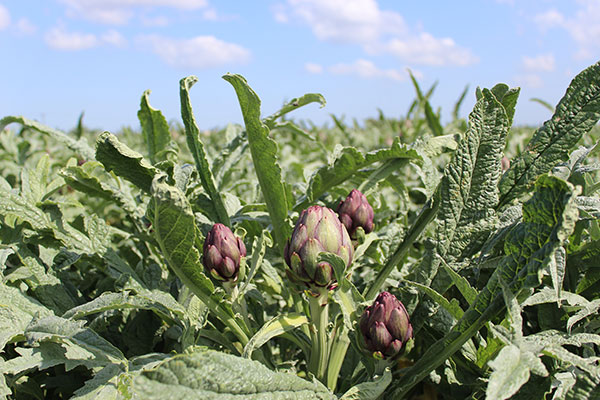
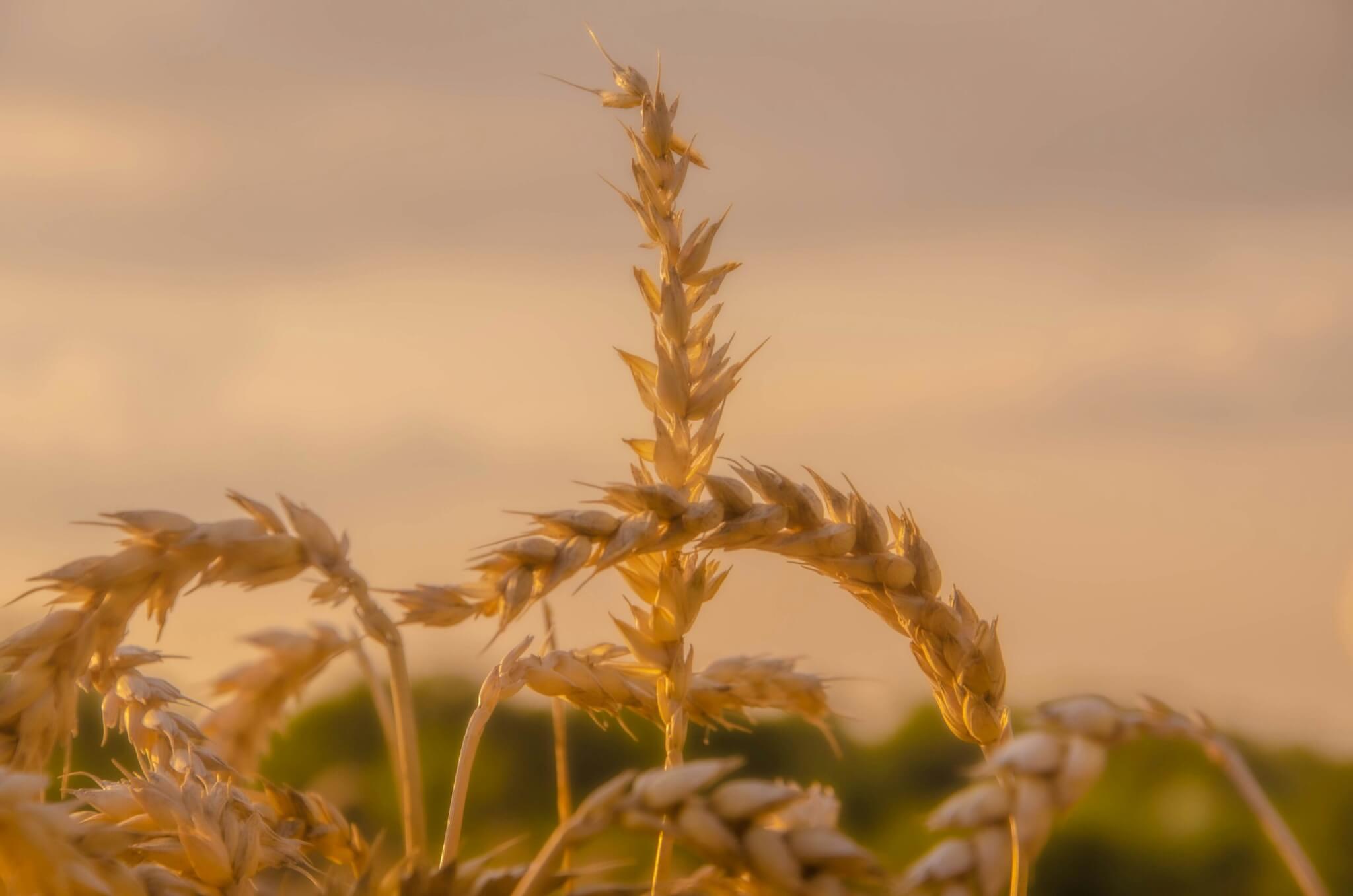

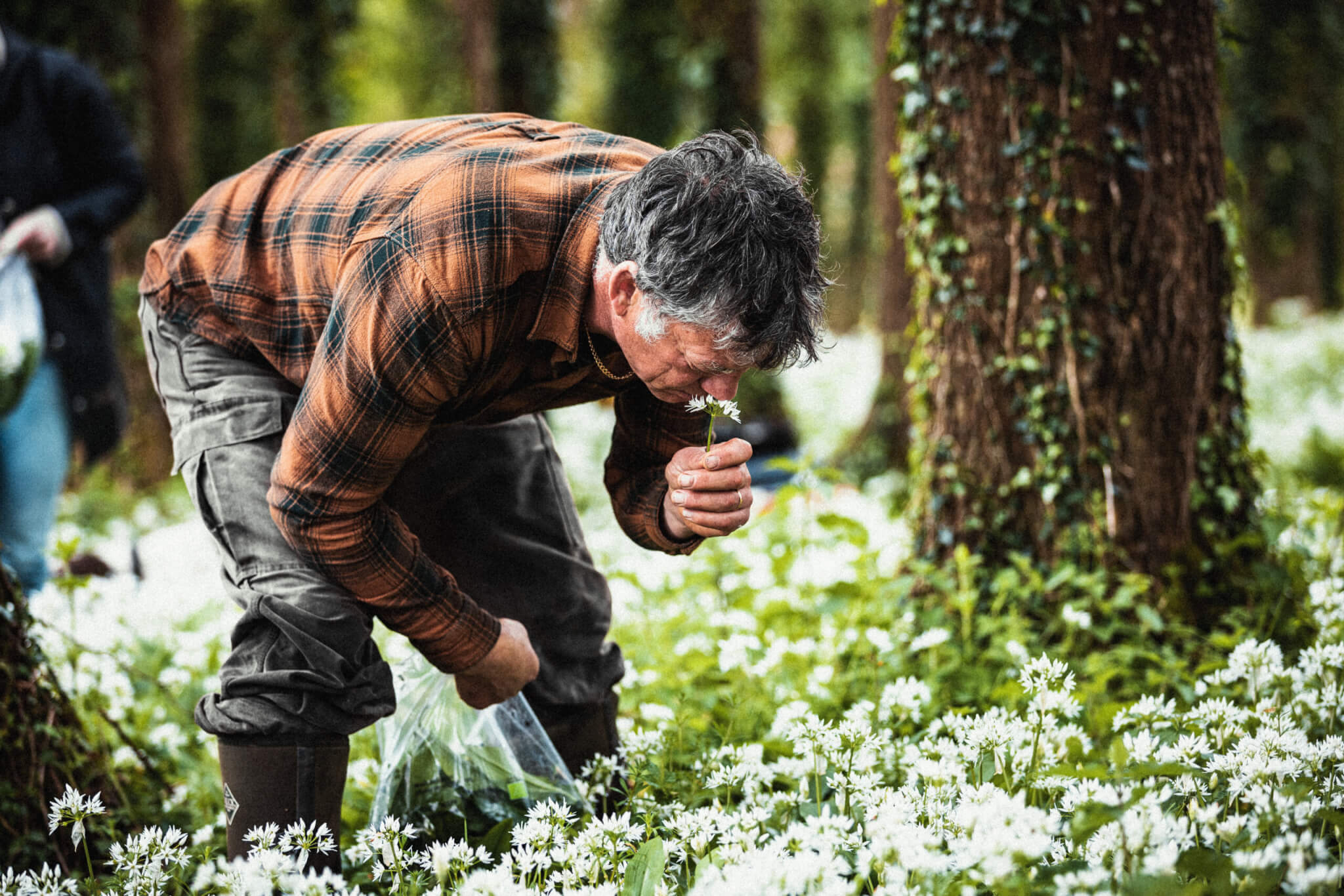
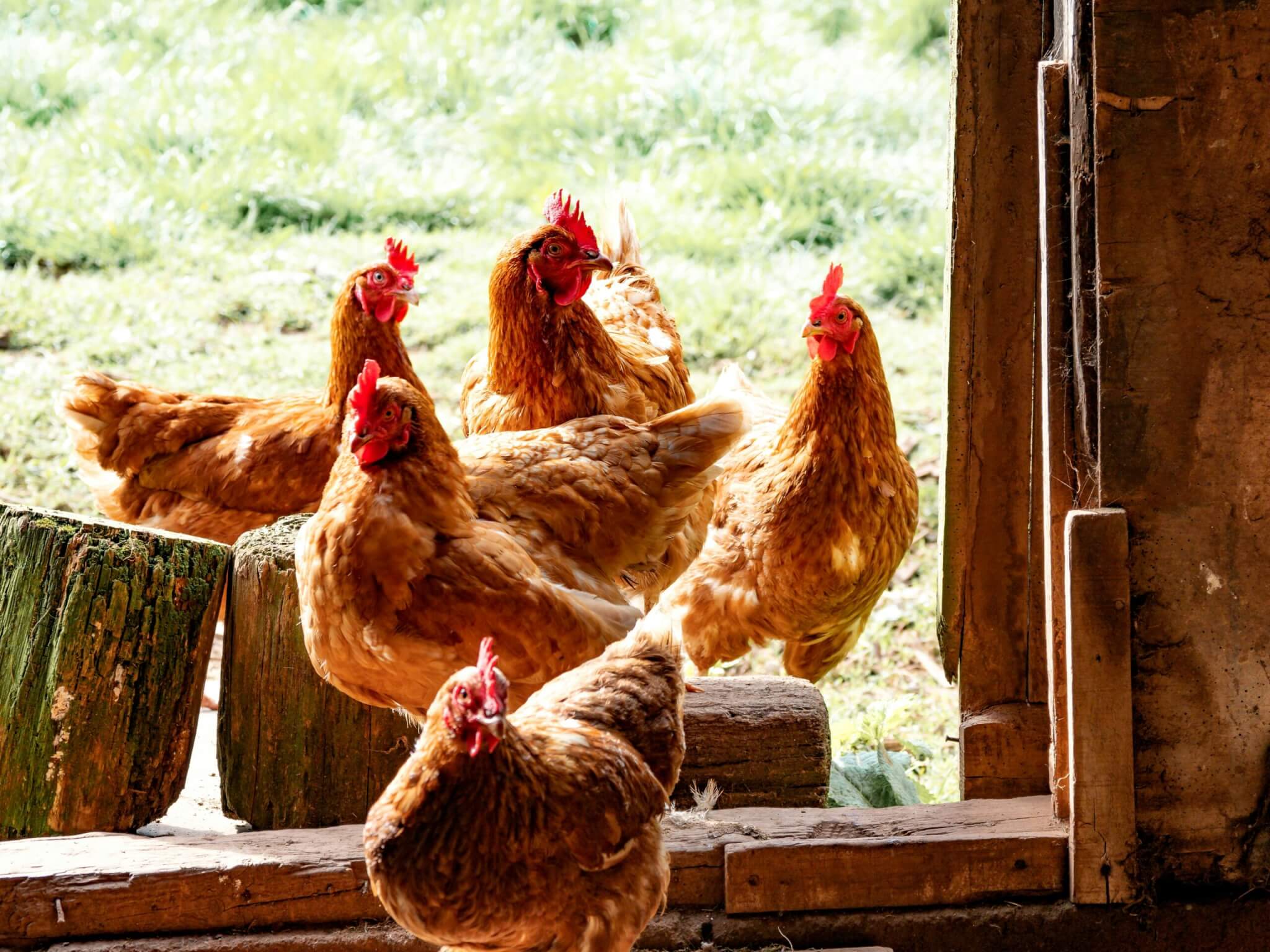
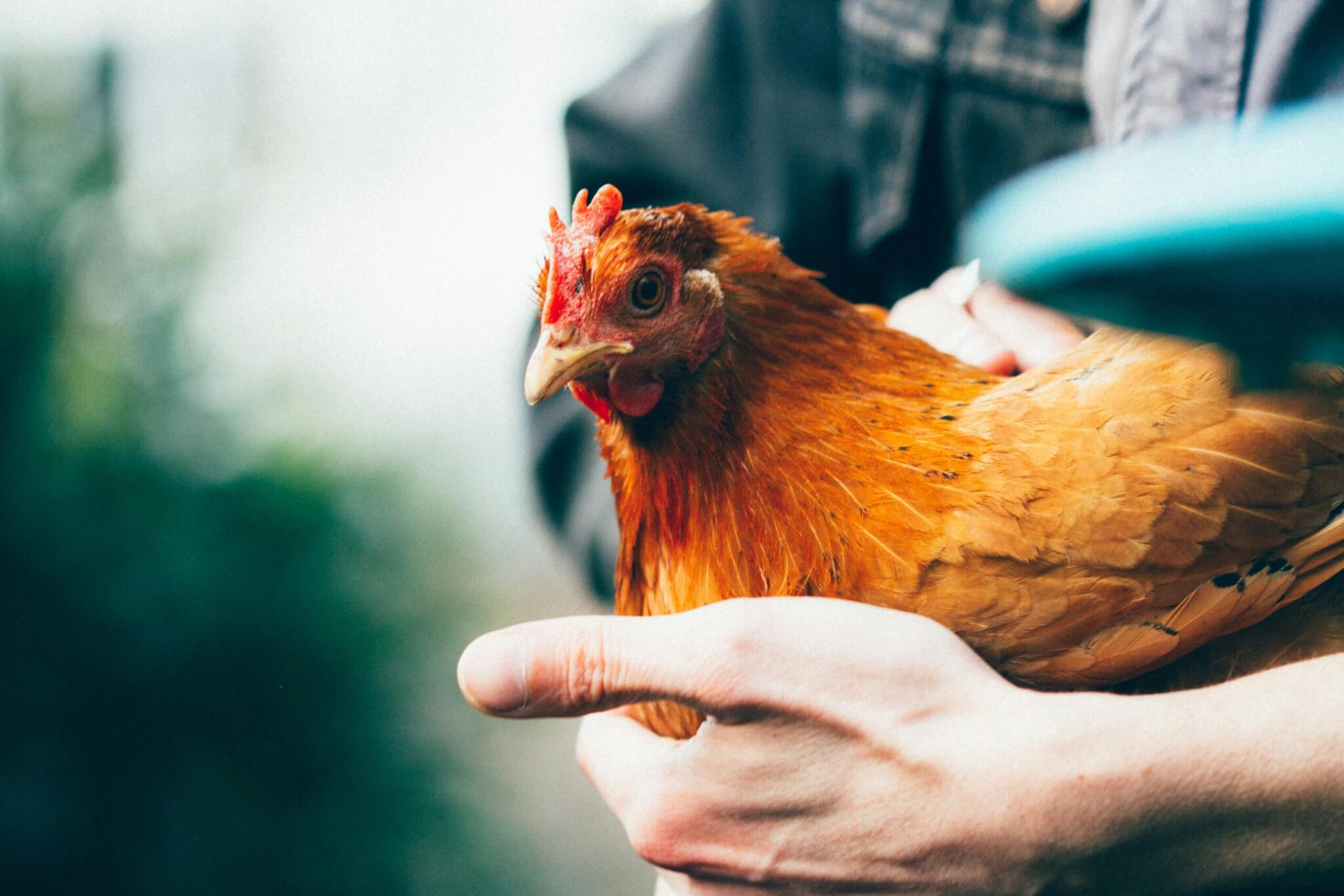
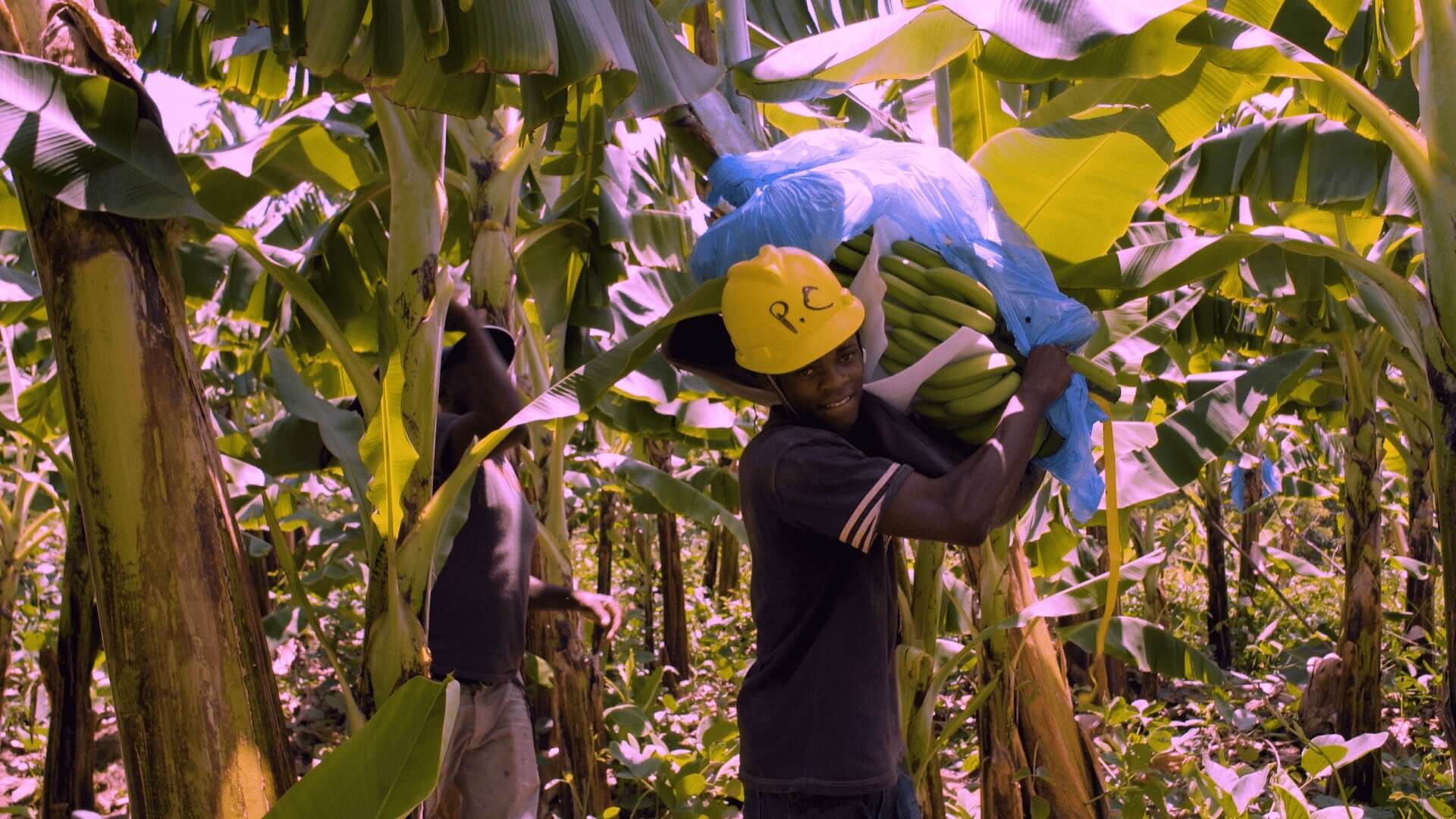

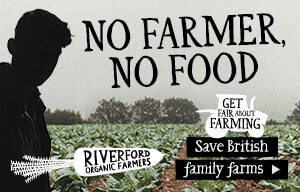
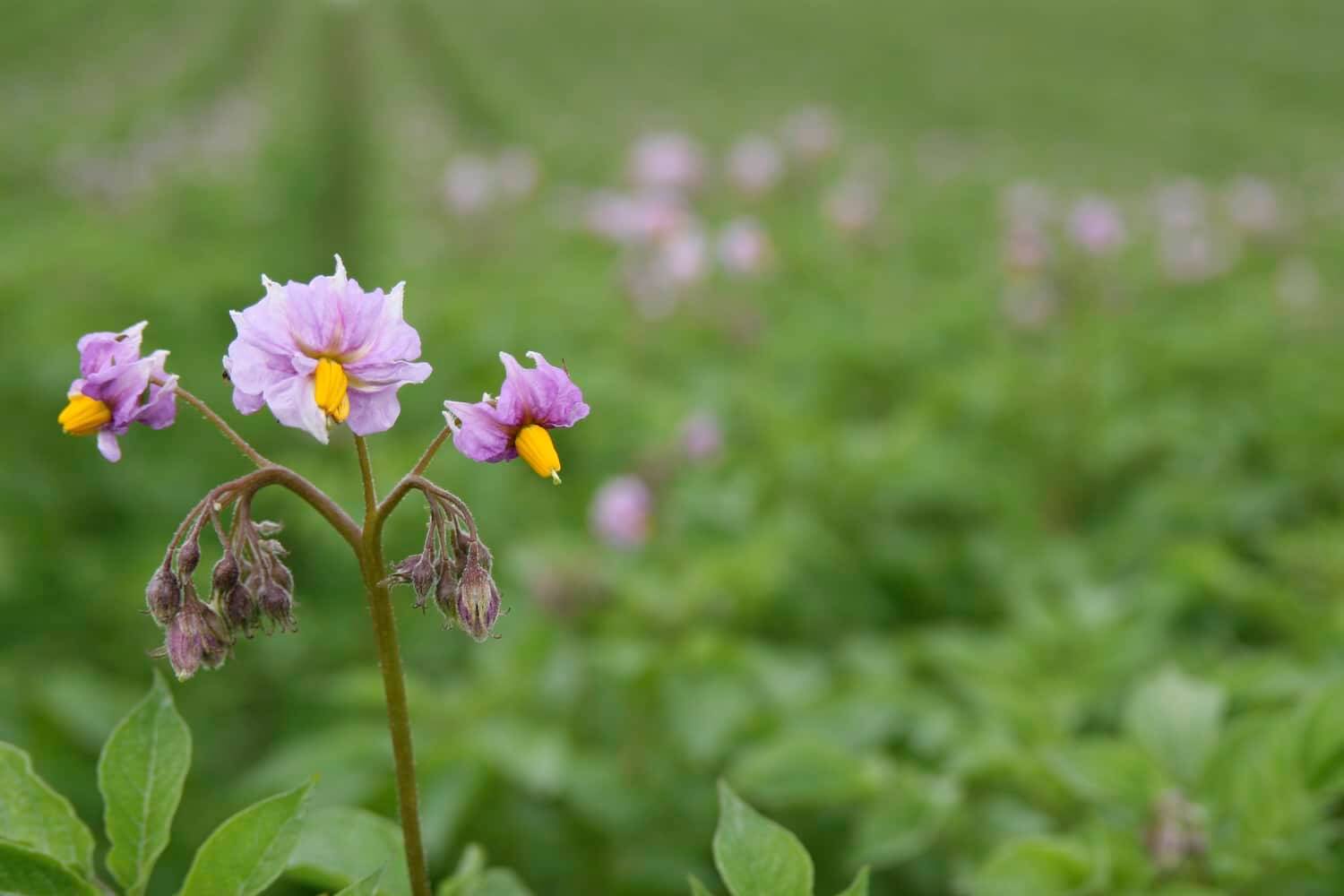
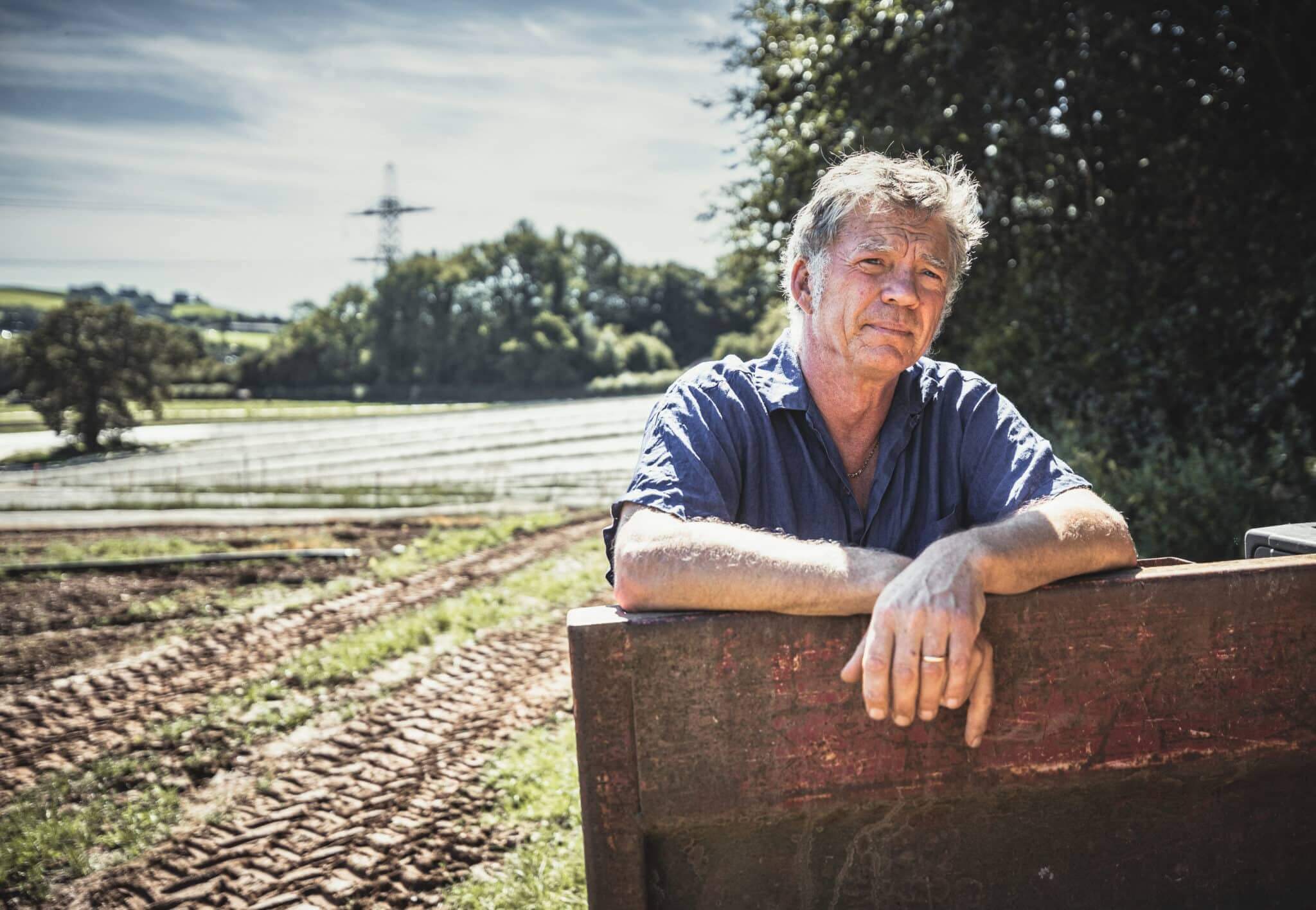
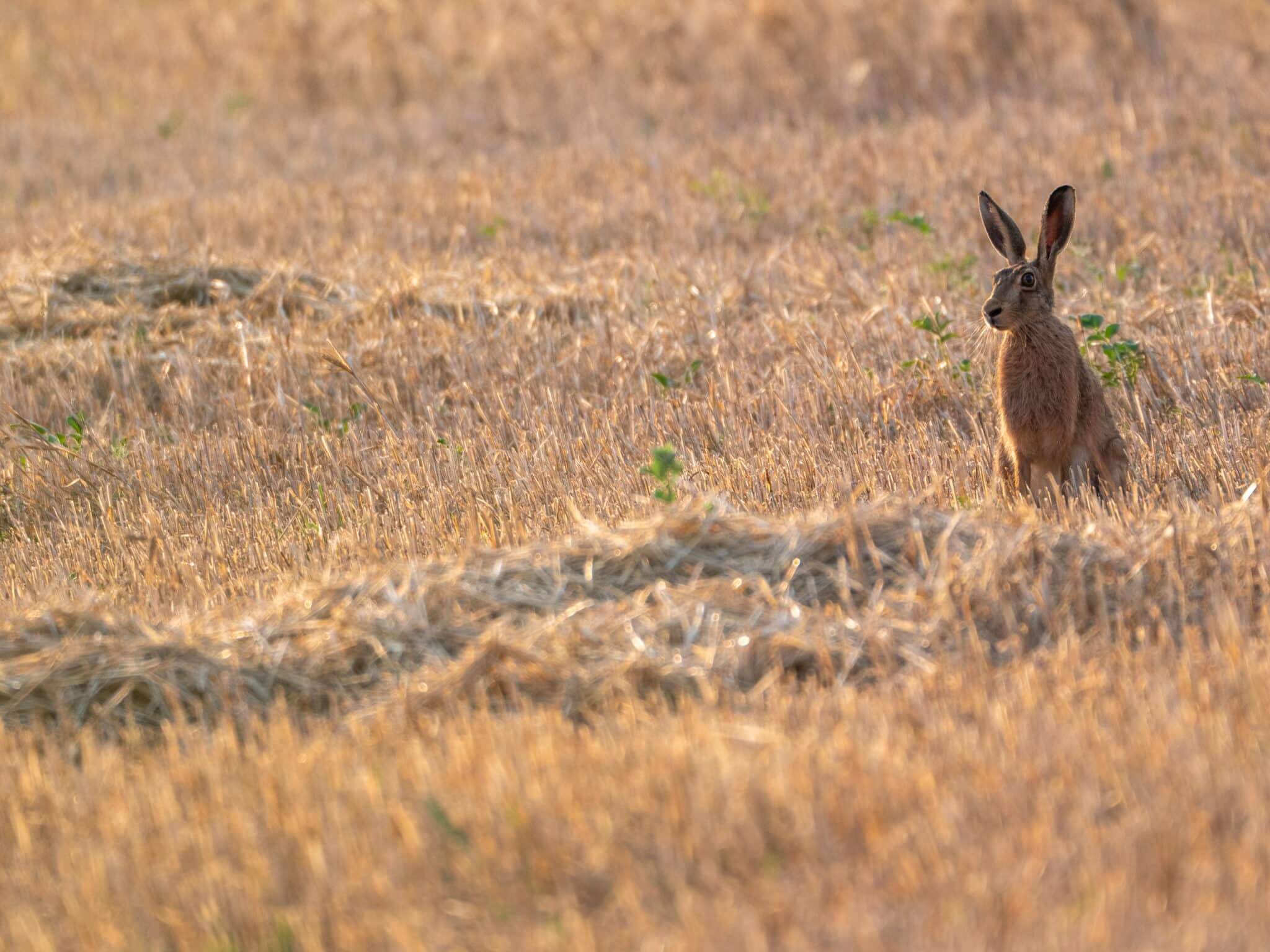

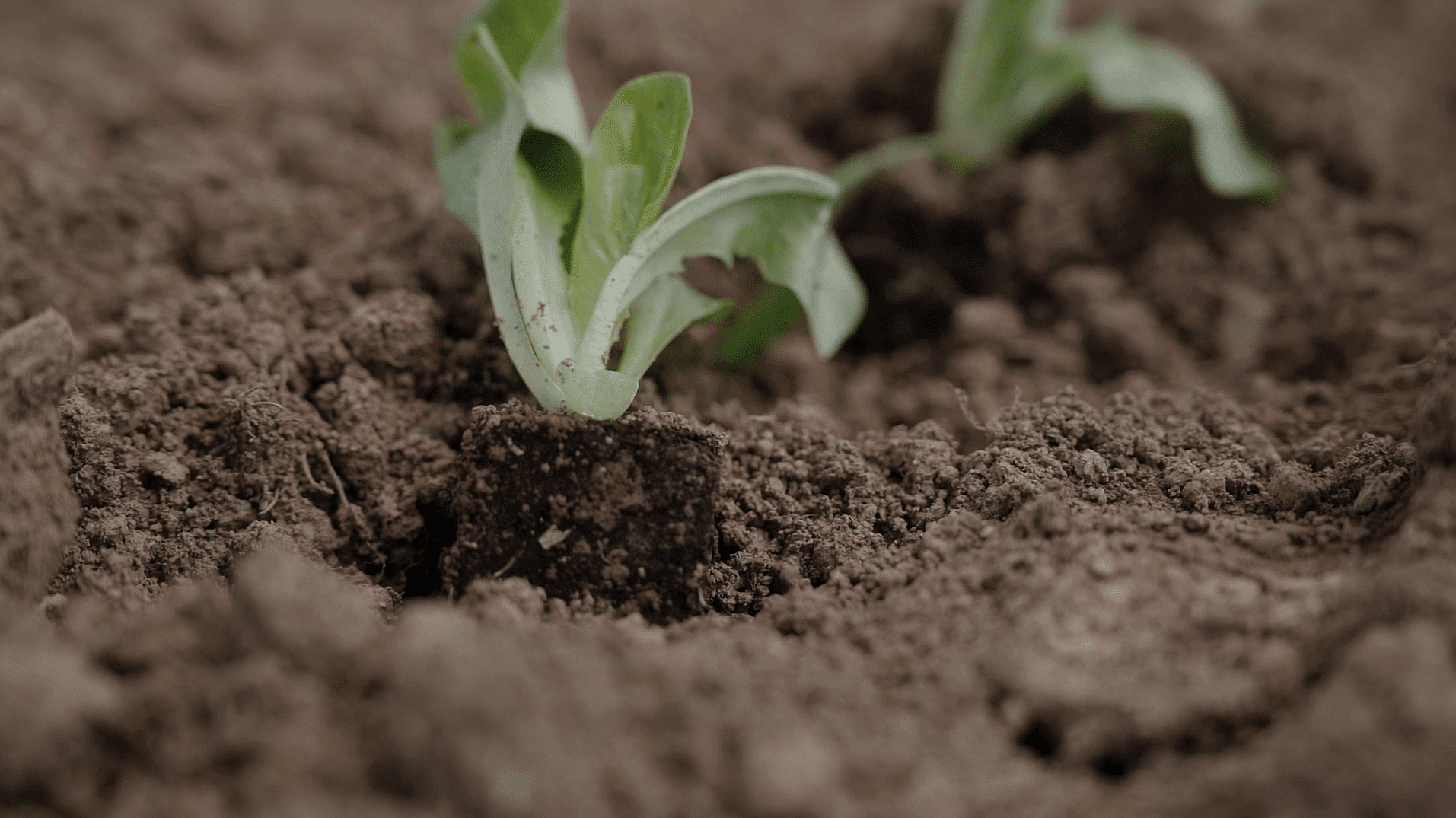
Oooh, can we make a list of perennial plants that we can grow in our allotments and gardens? I’ll start:
Rhubarb
Artichoke
Wild garlic
Parsley
Calendula
Raspberry
Strawberry
Nasturtium
Please add – I’m very lazy and I’d like to cover my allotment in perennials! The above is what I’m already growing; this is our first season.
Can’t forget asparagus, even if it’s a pain to establish.
Also:
Jerusalem artichokes
Sorrel
Chicory
Watercress
Horseradish
Strawberries & raspberries!
Potatoes are technically a perennial but pest pressures mean we have to rotate more frequently.
Wild leeks look very cool, normally foraged in woodland but can be grown in shady areas. My mate in Spain who has a little plot says wild asparagus, leeks, and garlic grow everywhere!
Also Egyptian onions is another interesting one: it seems like there are lots of quirky, edible perennials that we can grow in gardens, just few of them feature in our diets because as Guy mentions, they’re hard to commercialise and grow on a large scale. Nothing stopping allotment growers though!
I found a huge list of them here:
https://www.smallfootprintfamily.com/20-perennial-vegetables
For gardeners as well as professional growers, I can highly recommend ‘Around the World in 80 Plants’ by Stephen Barstow. It’s well researched, well written, concise, very interesting, and a joy to read! What more could you want from a book! I guarantee you will find many edible perennials you will want to grow, plus a few you’ve already got but didn’t know were edible! Example of latter, for me, was musk mallow, which I always have a few of in the garden.
I’ve dabbled a bit in the perennial veg scene. I followed the work of Martin Crawford and bought some veg from his organisation including cabbage and kale.